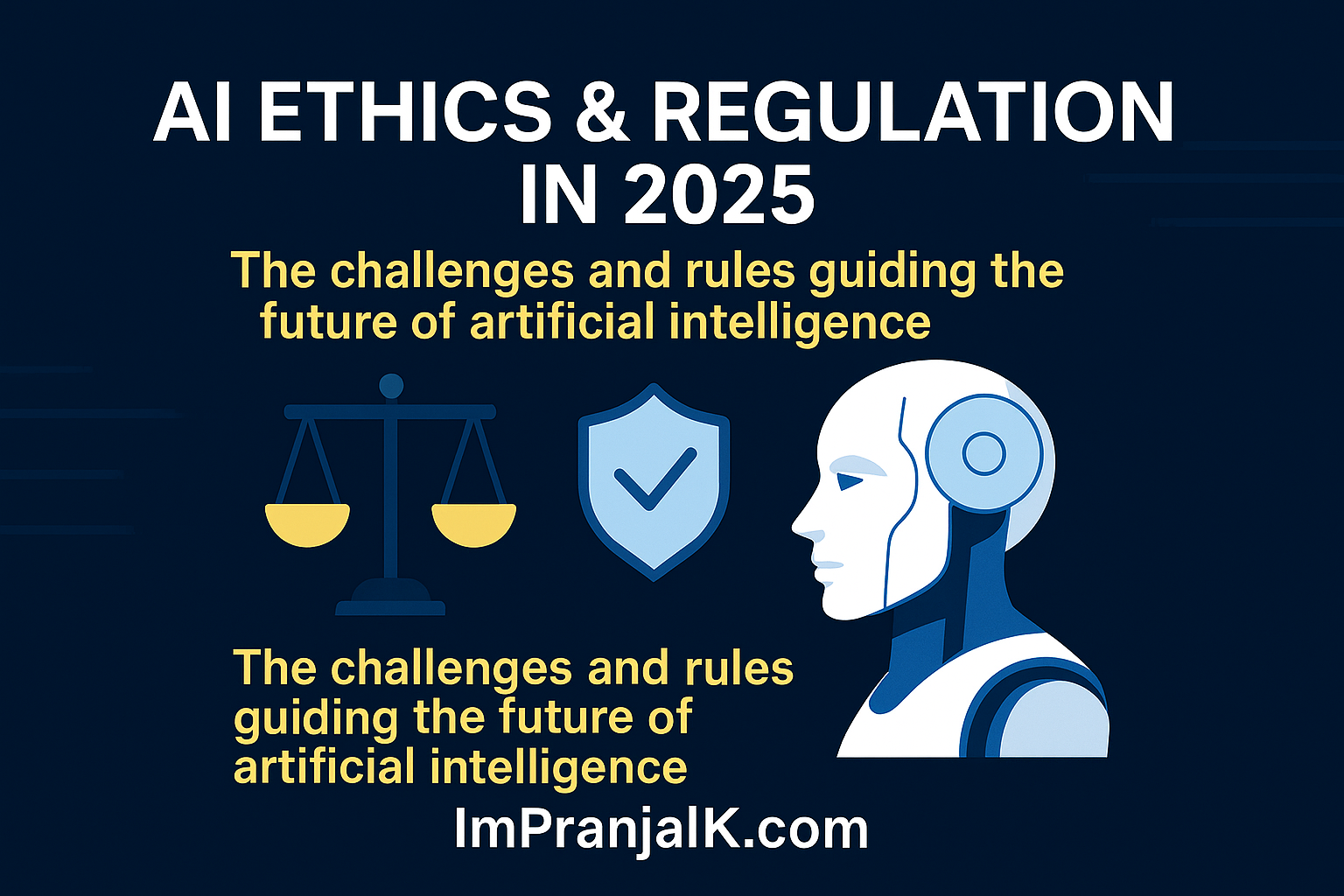The Promise and the Panic
Artificial Intelligence, once seen as a futuristic marvel, is now embedded in our daily lives—from personal assistants and chatbots to medical diagnostics and financial predictions. But as AI becomes smarter, faster, and more autonomous, a critical question has taken center stage:
Will AI take our jobs—or will it make them better?
This isn’t just a philosophical dilemma anymore. It’s a practical challenge for billions of people—and a ticking time bomb for policymakers.
🛠️ Automation: The Reality Behind the Fear
AI doesn’t just automate; it transforms.
- Customer support roles, once thought secure, are now being replaced by LLM-powered agents that never sleep, don’t get emotional, and learn from every interaction.
- Content creation, once the domain of human writers and editors, now faces competition from generative models that write blogs, scripts, and even books in seconds.
- Even software engineering is changing—with AI co-pilots completing code faster than junior developers.
The fear isn’t irrational. Sam Altman, CEO of OpenAI, has admitted that entire job categories are at risk. Yet he also argues that new roles will emerge—just like they did during past industrial revolutions.
“AGI (Artificial General Intelligence) could enable enormous prosperity—but also real displacement. We must plan for both.” — Sam Altman
🔐 What Does “AI Safety” Really Mean?
When we talk about AI safety, we usually think of doomsday scenarios—rogue robots, autonomous weapons, or machines turning against humanity. But in 2025, AI safety is more grounded—and more urgent.
It includes:
- Preventing job destruction without alternatives
- Ensuring fairness and bias-free algorithms
- Protecting workers’ data, privacy, and dignity
- Avoiding concentration of power in the hands of a few AI companies
- Building safety nets and retraining pathways
Safety doesn’t just mean stopping AI from going rogue—it means guiding it responsibly to avoid social and economic collapse.
👥 The Human Cost: It’s Already Happening
Recent reports show:
- Over 300,000 entry-level jobs globally were lost in the last 12 months due to AI automation.
- Freelancers in design, writing, and data entry report up to 40% decline in demand.
- In developing nations, outsourcing hubs are seeing clients switch to AI tools that are faster and cheaper.
But this isn’t just about numbers. It’s about dignity. Identity. Stability. Many workers are asking:
“If AI can do what I do—what’s my role in the future?”
That question deserves a better answer than “Learn to prompt better.”
🌱 The Way Forward: Reskill, Regulate, Reimagine
The solution isn’t to stop AI. That’s neither feasible nor desirable. The real answer lies in building a society that’s AI-ready—not just tech-wise, but ethically, socially, and emotionally.
Here’s what that looks like:
- Reskill at scale
Governments, companies, and individuals must embrace lifelong learning—especially in soft skills, human creativity, and AI supervision. - Smart regulations
We need laws that protect workers, demand AI transparency, and redistribute value fairly. The EU AI Act is a good start, but more must follow globally. - Ethical AI development
Tech companies must go beyond performance metrics and focus on human-centric design. AI that respects values, culture, and employment dignity is not optional—it’s essential. - Universal safety nets
If AI takes away work, it must fund welfare. Universal basic income, skill vouchers, and job guarantees need real discussion.
🙌 Final Thought: It’s Not Just About Jobs—It’s About Purpose
Jobs give us more than income. They give us a sense of identity, routine, contribution. As AI evolves, we must ask:
Can we build a future where machines serve humanity—not replace it?
That’s not a question AI can answer for us. It’s a question we must answer—for ourselves, our children, and our civilization.


